Oregano vs Mexican Oregano: What’s the Real Difference? A Spicy Showdown!
Table of Contents
- Introduction
- What Is Oregano?
- What Is Mexican Oregano?
- The Key Differences Between Oregano and Mexican Oregano
- Cooking Tips: How to Use Each One
- Can You Substitute One for the Other?
- Growing Your Own: Tips for Herbs at Home
- Conclusion
Introduction
If you've ever stood in front of your spice rack, squinting at the labels and wondering why you bought both oregano and Mexican oregano, you're not alone. Are they really that different? Or is it just clever marketing trying to charge you twice as much for what seems like the same herb?
In this article, we’ll dive into the aromatic world of oregano and Mexican oregano—two herbs that may share a name but are worlds apart when it comes to flavor, origin, and culinary use. Whether you're a seasoned chef or someone who just recently learned how to pronounce 'oregano' without stumbling, this guide has something for everyone.
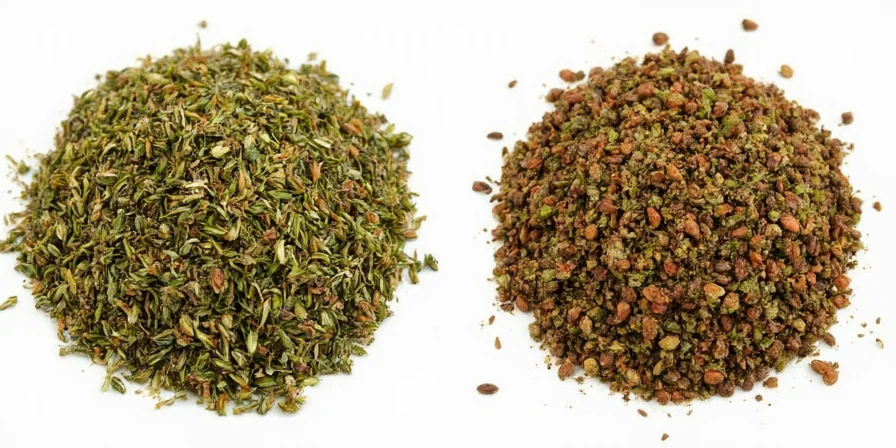
What Is Oregano?
Let’s start with the more familiar one: classic Mediterranean oregano. Known scientifically as Origanum vulgare, this aromatic herb hails from Europe—specifically Greece, Italy, and surrounding regions. It’s a staple in Italian cuisine and is famously found in dishes like pizza, pasta sauces, and grilled meats.
Oregano is part of the mint family (Lamiaceae), which gives it that earthy, slightly spicy, and aromatic profile. The flavor can be described as warm, peppery, and herbal, with hints of lemon and thyme.

What Is Mexican Oregano?
Mexican oregano, on the other hand, isn’t technically oregano at all—it’s an imposter! Wait… hear us out. While it shares some flavor notes with Mediterranean oregano, its botanical roots are completely different.
Mexican oregano comes from the plant Lippia graveolens, which is native to Mexico and parts of Central and South America. It’s often used in Latin American and Tex-Mex cooking, especially in chili powders, mole sauces, and salsas.
In terms of flavor, Mexican oregano tends to be more robust and citrus-forward, with a hint of licorice and camphor-like sharpness. Think of it as the wild cousin of regular oregano—less refined, but full of personality.
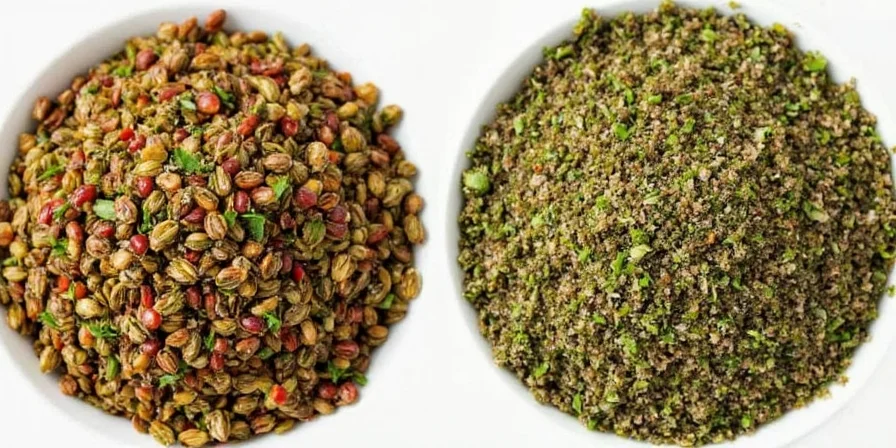
The Key Differences Between Oregano and Mexican Oregano
So now that we’ve met both contenders, let’s break down the real differences between these two herby stars:
| Feature | Oregano (Origanum vulgare) | Mexican Oregano (Lippia graveolens) |
|---|---|---|
| Origin | Mediterranean Europe | Mexico & Central/South America |
| Flavor Profile | Earthy, peppery, warm, with subtle minty notes | Citrusy, woodsy, bold, with licorice and camphor tones |
| Aroma | Herbaceous, floral | Stronger, almost medicinal, with a resinous scent |
| Common Uses | Pizza, pasta, tomato sauces, roasted veggies | Chili, tacos, tamales, beans, moles, soups |
| Drying Behavior | Retsains most flavor when dried | Better used dried than fresh; fresh can be bitter |
Cooking Tips: How to Use Each One
Understanding when to use each type of oregano can take your dishes from “eh” to “encore!” Let’s walk through some practical examples.
- Use Mediterranean Oregano When:
- You’re making anything Italian—think lasagna, marinara sauce, garlic bread, or focaccia.
- You want a balanced herbal note that doesn’t overpower the dish.
- Grilling vegetables or meats where a soft earthiness complements smoky flavors.
- Use Mexican Oregano When:
- Preparing chili con carne, enchiladas, or taco fillings.
- You need a punchier, bolder flavor to stand up to cumin, garlic, and chili peppers.
- Adding complexity to mole sauces or salsas for extra depth.
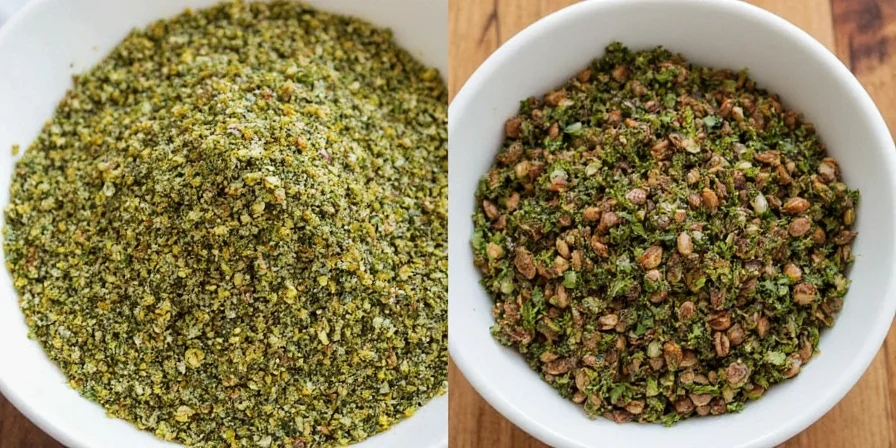
Can You Substitute One for the Other?
The short answer: yes, but don’t expect magic.
If you're out of Mediterranean oregano and Mexican oregano is your only option, go ahead and use it—but be prepared for a sharper, more pungent flavor. You might want to use less than called for, especially if you’re using it in an Italian dish.
Conversely, swapping regular oregano into a Mexican-style chili might make it taste a bit bland. In that case, try adding a pinch of cumin or smoked paprika to boost the depth and bring back some of that bold character.
Growing Your Own: Tips for Herbs at Home
Want to grow your own supply of either oregano or Mexican oregano? Here are some quick tips:
- Mediterranean Oregano:
- Thrives in well-drained soil and full sun.
- Easy to grow indoors or outdoors.
- Prune regularly to encourage bushy growth.
- Mexican Oregano:
- Requires more warmth and sunlight than Mediterranean varieties.
- Hard to find in garden centers—consider ordering seeds online.
- Best grown as an annual in cooler climates.
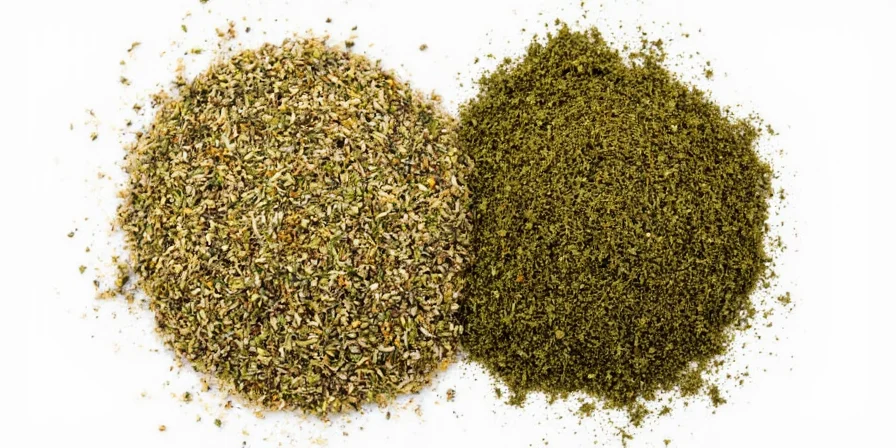
Conclusion
So, what’s the final verdict? Oregano and Mexican oregano are kind of like cousins—they share a last name and some family traits, but they definitely have their own personalities.
When in doubt, match the oregano to the cuisine. Mediterranean for Italian and European fare, Mexican oregano for Latin-inspired dishes. Keep both in your spice cabinet, and you’ll never be caught off guard again.
Remember, the right herb can transform a dish from ordinary to extraordinary. So don’t be afraid to experiment, mix and match, and most importantly—have fun with it!
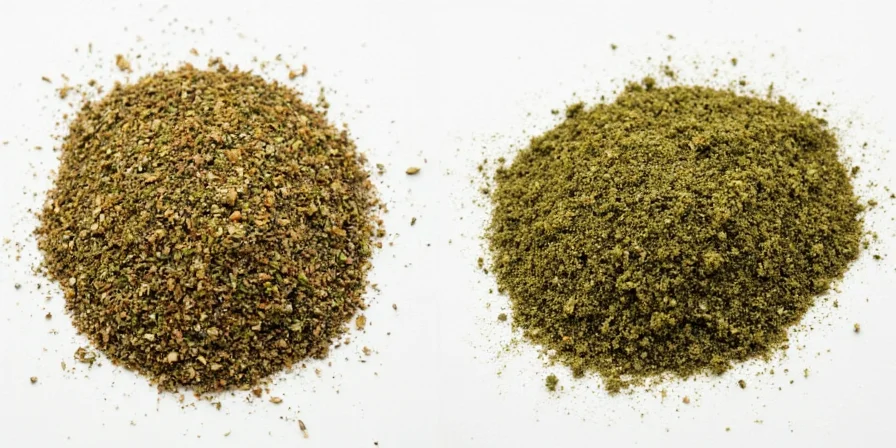

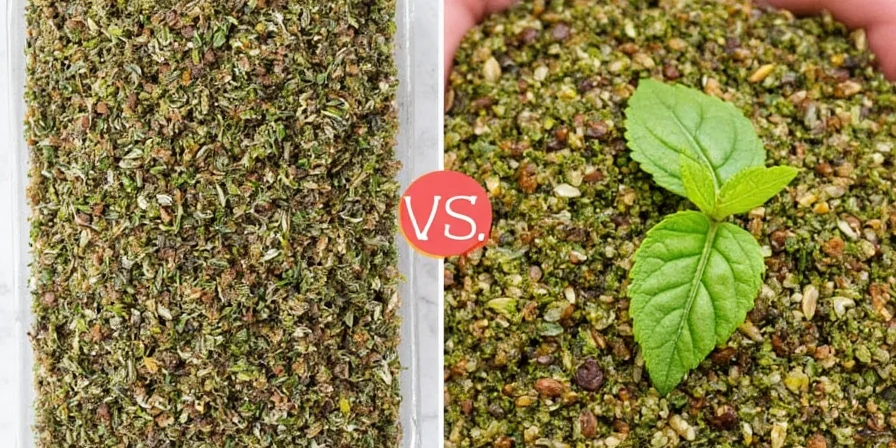









 浙公网安备
33010002000092号
浙公网安备
33010002000092号 浙B2-20120091-4
浙B2-20120091-4